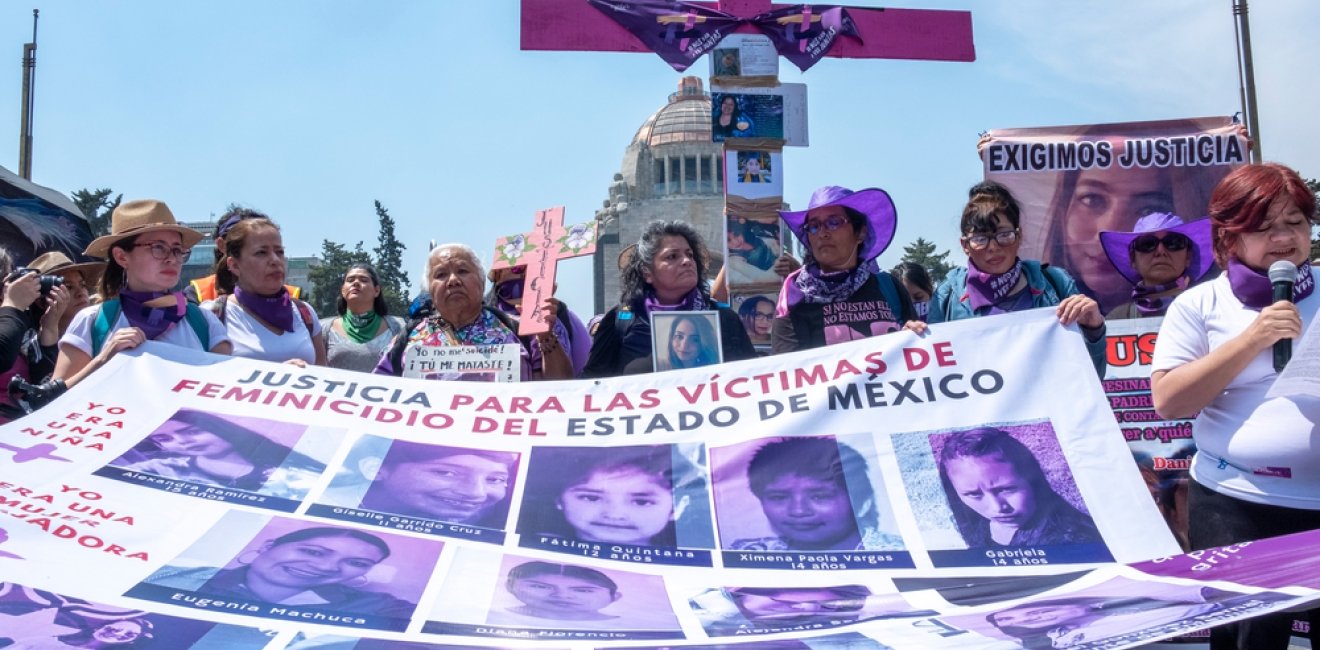
A blog of the Wilson Center

A Woman is a Victim of Femicide in Latin America Every Two Hours.
At the same time that the world was grappling with COVID-19, another “shadow pandemic” brought death and suffering to many parts of Latin America. Both gender-based violence and femicide—killing a woman simply because of her gender—increased dramatically.
In Brazil, during periods of lockdown, the probability of femicide nearly doubled. In 2020, Honduras reported 4.7 femicides for every 100,000 women, 2.4 femicides per 100,000 women were reported in the Dominican Republic, and 2.1 per 100,000 women in El Salvador. In total, the estimated number of femicide victims in 17 Latin American countries during 2020 reached more than 4,000.
On the positive side, protests led by women in Latin America have sparked hope that real changes to protect women will materialize. The #NiUnaMenos movement that began in Argentina has quickly spread throughout the region and is slowly reaching to nearly every corner of the globe. Translating to ‘Not One [woman] Less,’ the movement is championing important steps like treating femicide as a violation of human rights, promoting more effective training for members of law enforcement who deal with gender-based violence, and creating an official registry of femicide cases. A growing number of Latin American leaders are beginning to pay attention. For example, following his 2019 election, Argentinian President Alberto Fernández created the Ministry of Women, Gender, and Diversity. While creating new ministries and offices won’t by itself turn back the tide of femicide cases, it is helpful in boosting awareness.
Since COVID-19 lockdowns have subsided, femicide rates have also dropped in places like Brazil and Mexico. Unfortunately, however, they remain much greater than what they were pre-pandemic.
As Beatriz García Nice, Wilson Center project lead on gender-based violence has put it, “Femicide rates may not be growing exponentially as they did during the pandemic, but they are not necessarily decreasing either. The numbers fluctuate, but the threshold is much higher.”
Author

Explore More in Stubborn Things
Browse Stubborn Things
Spying on Poachers

China and the Chocolate Factory

India: Economic Growth, Environmental Realities
